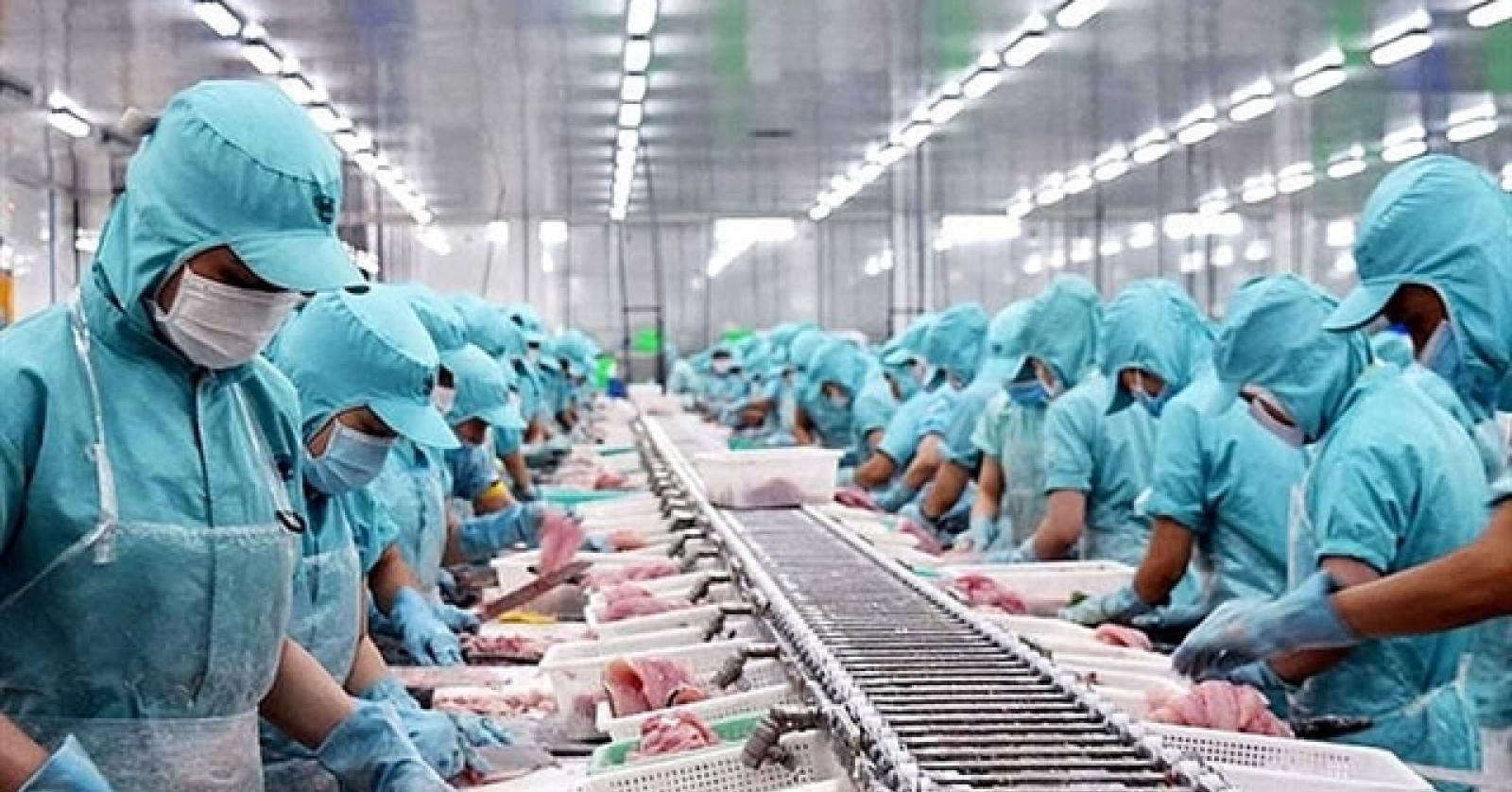A Seafood Boom in Vietnam: Exporting Success and Growth Prospects
The Vietnamese seafood industry is experiencing a surge in exports, driven by increasing global demand and a strategic focus on market diversification. In July alone, Vietnamese seafood exports reached a remarkable US$915.9 million, marking a significant 17.8% increase compared to the same period last year. This strong performance extends to the first seven months of the year, where seafood exports hit US$5.32 billion, reflecting an impressive 8% year-on-year growth.
A Global Appetite for Vietnamese Seafood
The success of Vietnamese seafood exports can be attributed to several key factors. The global economy, while experiencing slow growth, has shown signs of improvement, leading to increased demand for seafood products. Moreover, Vietnamese businesses have actively focused on improving product quality, diversifying their markets, and adapting to fluctuations in the international market.
The growth in exports has been particularly pronounced in key markets. The United States witnessed a 12.8% surge in Vietnamese seafood imports, followed by China at 11.6%. The Republic of Korea (RoK) saw a 3.4% increase, Australia recorded a 9.1% rise, and Canada experienced a remarkable 34.6% growth. Other notable markets include Belgium (14.2%), Israel (42.3%), and Russia, which achieved a significant 105% increase in Vietnamese seafood imports compared to the same period last year.
The Future of Vietnamese Seafood Exports: Ambitious Targets and Potential Challenges
The Vietnamese seafood industry is optimistic about the future, aiming to achieve an ambitious export target of US$10 billion this year. The Import-Export Department under the Ministry of Industry and Trade (MoIT) believes that seafood importers will increase their purchases in the coming months, preparing for year-end holidays and New Year festivals, further boosting Vietnamese seafood exports.
However, the industry faces a series of challenges as well. The world economy is still dealing with high food, energy, and transportation costs, leading to continued inflationary pressures. Additionally, the industry needs to address internal problems, such as diversifying local seafood products to meet traceability requirements and global consumption trends.
Strengthening the Domestic Market: A Crucial Strategy for Sustainable Growth
While the export market remains a key focus, the domestic market also offers significant potential. Nguyen Thi Thu Sac, chairwoman of the Vietnam Association of Seafood Exporters and Producers (VASEP), emphasizes the need for seafood enterprises to focus on developing the domestic market, reducing dependence on export markets, and bringing high-quality exported seafood products to Vietnamese consumers.
Vietnam’s Seafood Industry: A Global Powerhouse
Vietnam has emerged as a global powerhouse in the seafood industry, with aquaculture being a key economic driver. The country is currently the third largest seafood exporter in the world, accounting for over 7% of the global market share, trailing only China and Norway. This achievement highlights Vietnam's strong position in the global seafood trade, driven by its commitment to quality, innovation, and sustainable practices.
The Future of Vietnamese Seafood: A Bright Outlook
The outlook for Vietnamese seafood exports is bright, driven by increasing global demand, strategic market diversification, and a commitment to improving product quality and sustainability. The industry is actively seeking to achieve its ambitious export target of US$10 billion, and with continued efforts to address challenges and capitalize on opportunities, Vietnam is poised to maintain its position as a leading player in the global seafood market.
Pangasius and Shrimp: Leading the Export Charge
Pangasius: Riding the Wave of Strong Demand
Pangasius, a popular catfish species, has been a key driver of Vietnam's seafood exports. In the first half of 2024, pangasius exports reached US$920 million, representing a 5% increase year-on-year. The strong performance is attributed to increasing demand from key markets, particularly the US and China. Experts predict robust growth in pangasius exports in the coming months, driven by food traders in these markets increasing their reserves ahead of the festive season.
Shrimp: Facing Competition and Market Challenges
While pangasius exports have been performing well, shrimp exports have faced some challenges. In the second quarter of 2024, shrimp exports saw a 1% decline year-on-year. This decline can be attributed to increased competition from other shrimp-producing countries like Ecuador, India, and Indonesia, who are targeting the Chinese market due to high anti-dumping and anti-subsidy duties imposed by the US. Despite this competition, the Japanese market is expected to show stronger recovery in the second half of the year, benefiting Vietnamese shrimp producers who hold a competitive advantage in exporting high-quality processed shrimp to this market.
Strategic Market Diversification: Key to Continued Success
Targeting New Markets: The EU and Beyond
To ensure continued success, the Vietnamese seafood industry is actively exploring new markets. The European Union (EU) is emerging as a promising market, particularly following the EU’s decision to remove Russian seafood products from the duty-free regime for the 2024-2026 period. This presents a significant opportunity for Vietnam to increase its export volume of seafood, including shrimp and pangasius, to the EU market. Vietnamese seafood exporters are also looking to expand their reach into other markets, including Japan, where they have a strong market position for high-quality processed shrimp.
Conclusion: A Seafood Powerhouse with a Bright Future
With a commitment to quality, innovation, and sustainable practices, Vietnam's seafood industry is poised to continue its impressive growth trajectory. The country is well-positioned to capitalize on increasing global demand for seafood products, driven by strategic market diversification and a focus on meeting evolving consumer preferences. The future of Vietnamese seafood looks bright, promising further success and recognition on the global stage.

















